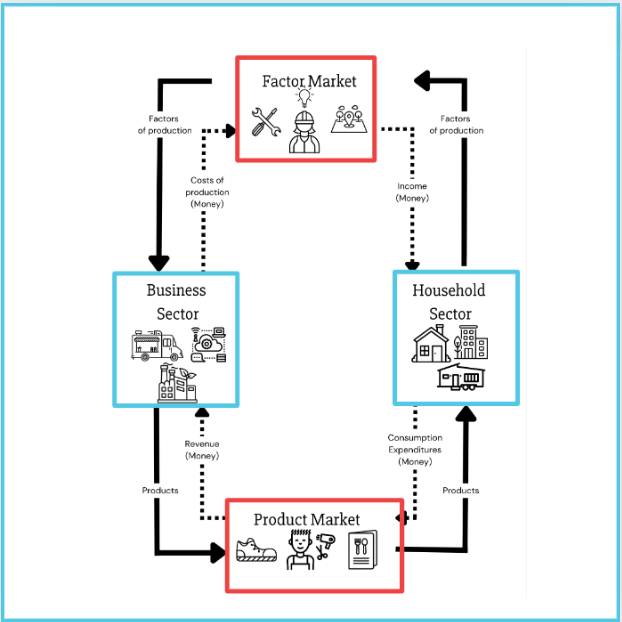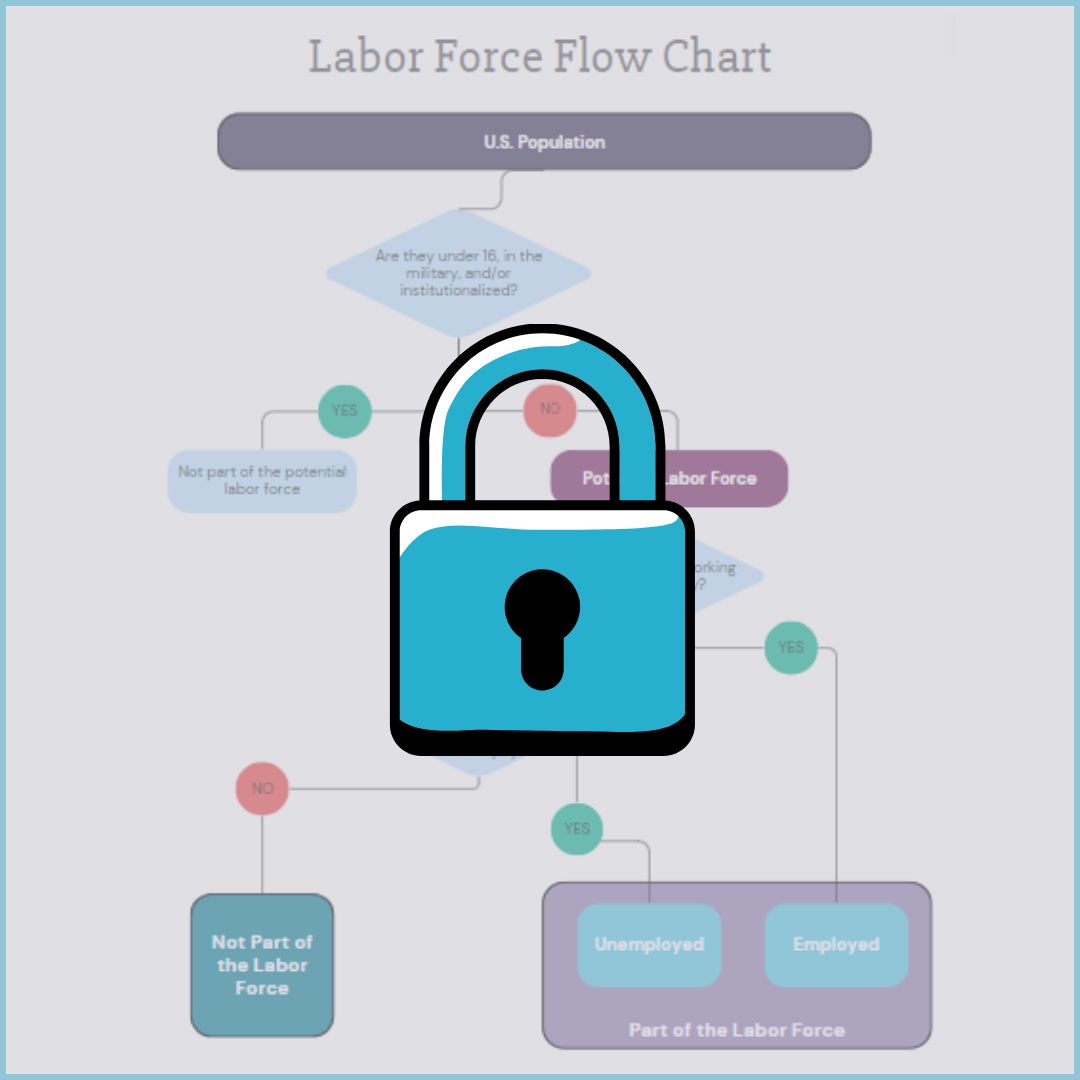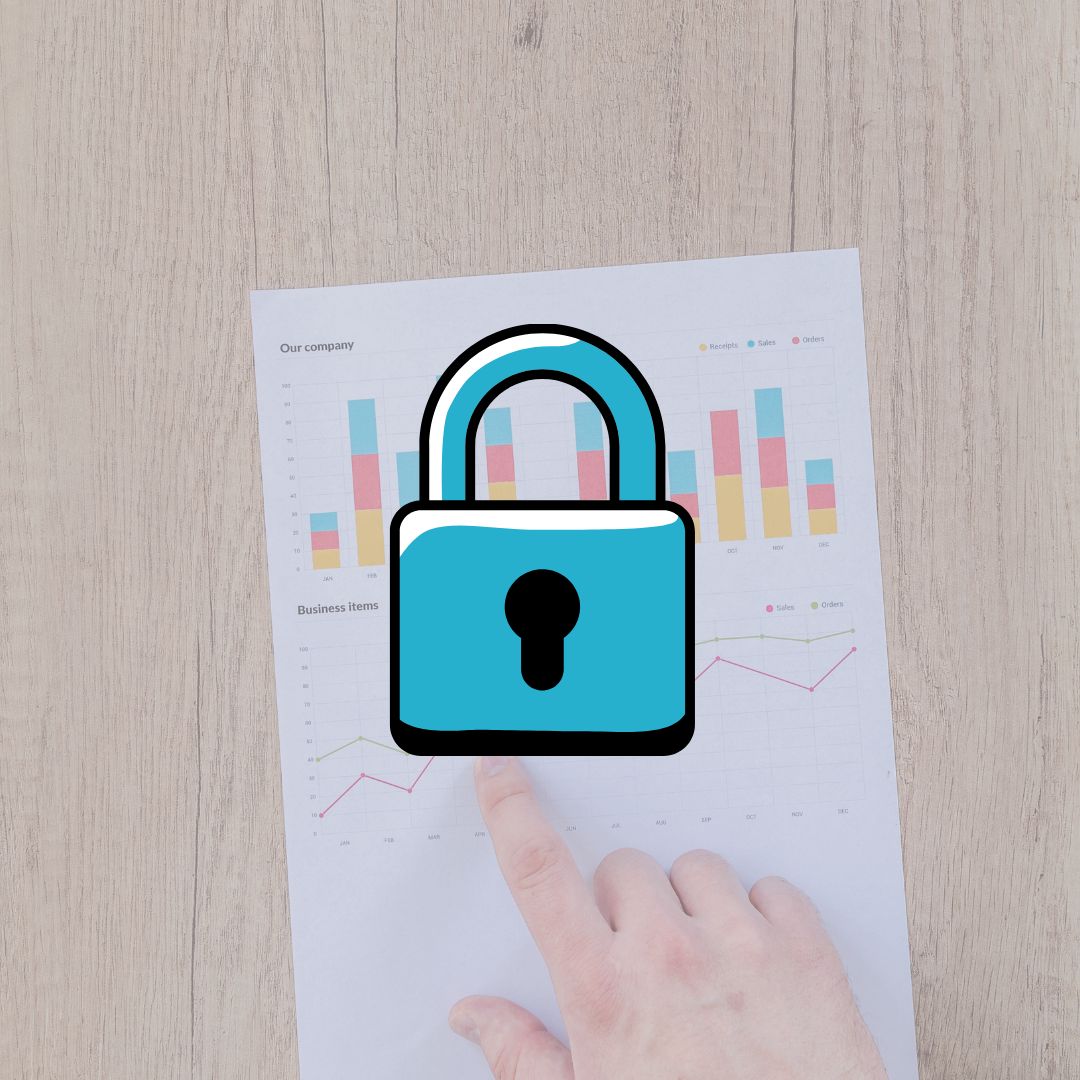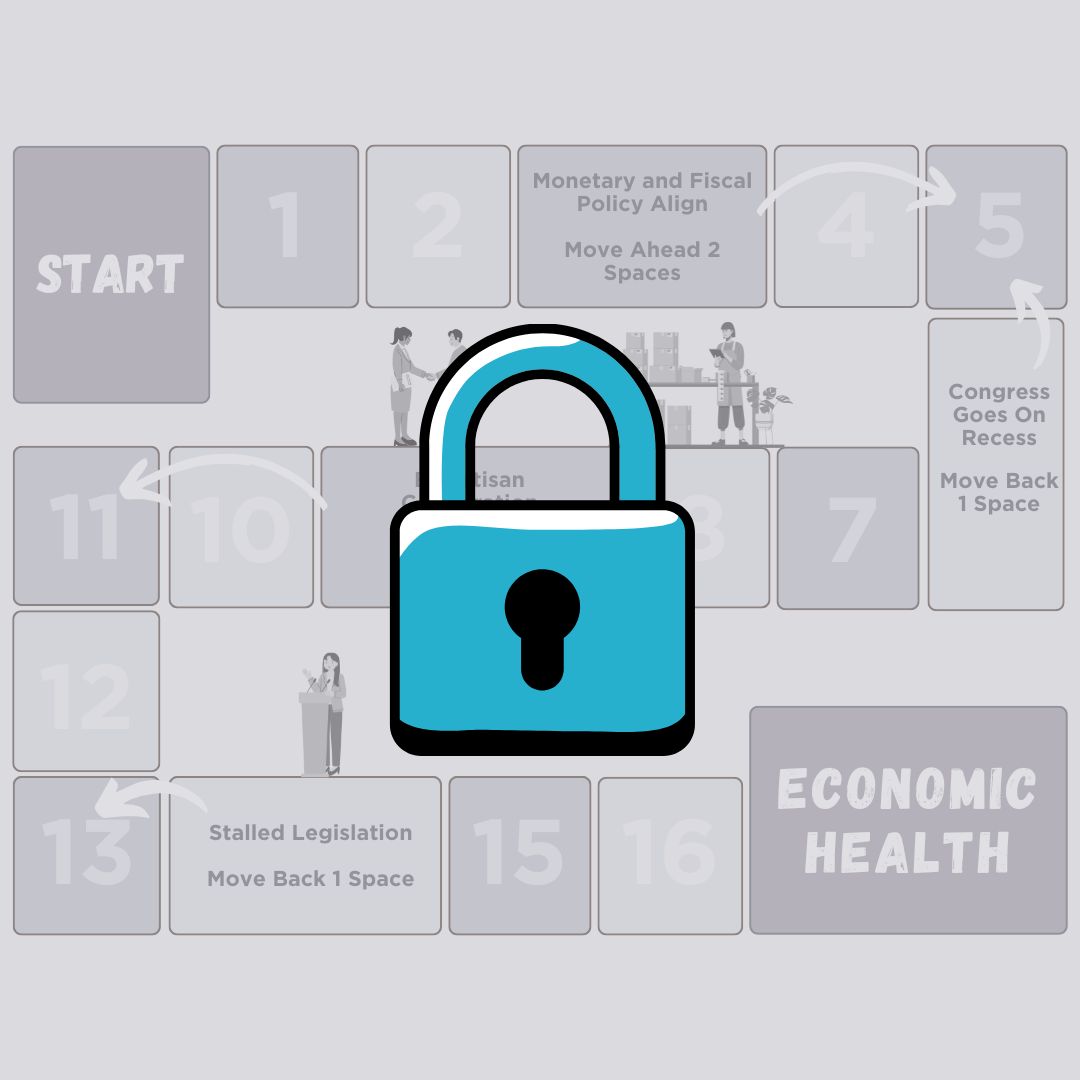About Unit 3
National Association of Economic Educators Curriculum Platinum Award recipient.

New to our curriculum? Start here.
Check for upcoming or on-demand curriculum workshops.
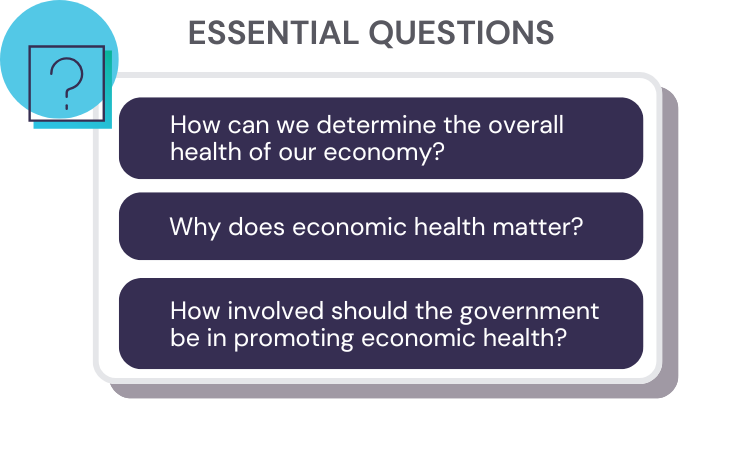
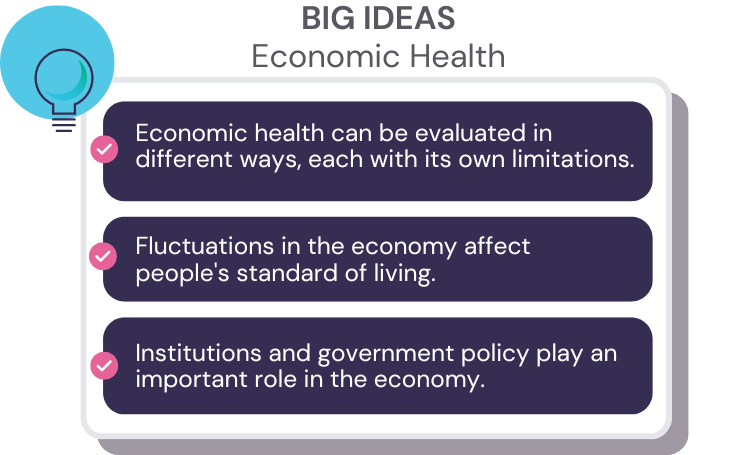
Lessons build on one another and are designed to be used sequentially. If you plan to use one of the lessons in isolation, review the Overview documents (Unit 1, Unit 2, Unit 3). To unlock all lessons you must log in as an Econiful member.
3.1 An Introduction to the Macroeconomy: Circular Flow
Simulating the flow of factors of production, goods and services, and money, students learn about the interdependence of households and firms in a macroeconomy. Watch a video tutorial.
"I've taught the Circular Flow about 100 different ways. By manipulating the pieces of the game, students were able to physically see the changes. It worked very well!" - Alecia A., IN
3.2 Introduction to Macro Indicators & Assessment Preview
Students explore four key macroeconomic indicators and familiarize themselves with the unit assessment structure. Watch a video tutorial.
3.3 Introduction to Gross Domestic Product (GDP)
Through scenarios and discussions, students learn what constitutes GDP, how it is measured using the expenditure approach, and its value and limitations.
"This was a great lesson about GDP. The concepts and ideas in this lesson are explicitly and fully explained. Students were able to make connections to GDP and the Circular Flow of Economic Activity." - Matt W., IL
3.4 Evaluating GDP as a Measure of Well-Being: Part 1
Using real-world data, students analyze the relationship between GDP, standard of living, and quality of life, and explore the limitations of GDP.
3.6 Thinking About the Labor Force Like an Economist
Students engage in a card-sort activity to understand labor force criteria and unemployment, applying their knowledge to realistic scenarios.
"I love this lesson! Kept the students engaged because they were consistently being asked to think." - Sara H., AL
3.7 A Closer Look at Unemployment Data
Analyzing various types of labor underutilization, students examine unemployment data to understand its causes, consequences, and limitations.
"Loved the addition of the economists and their studies at the end of the slides - especially how those studies could help answer some of the 'Questions raised while viewing data' on the Suggested Responses sheet. Love the retrieval practice at the beginning of each lesson." - Kyle G., AL
3.11 Interest Rates and the Role of Banks
Students learn about commercial banks' role as financial intermediaries, define an interest rate as the price of money, and apply this knowledge to macroeconomic fluctuations.
"It was fantastic! I've tried this lesson a million ways and I always overcomplicate it. Students completed the practice page on their own and did really well! Thanks to all of you for making a great lesson!" - Alecia A., IN
3.12 Monetary Policy and the Federal Funds Rate
Students analyze past macroeconomic data to predict changes in the federal funds rate and the resulting economic chain reactions.
"I really liked the Fed as a doctor analogy, and my students responded really well to the political cartoon and the video explaining the Federal Funds rate." - Kristen B., TX


